It’s (Not) Quiet Uptown
As a historic tribute to the country on a very patriotic weekend, Hamilton was released on Friday, July 3, kicking off the Fourth of July weekend.
The Social Media Listening Center monitored discussion of the musical on social media platforms from June 25 until July 9 to see who would take their shot discussing Hamilton.
In that time period, there were 2.7 million total posts, 92.2% of which came from Twitter. Other notable platforms that mentioned Hamilton included YouTube (5.7%), Facebook (2%), and Mainstream news (.3%).
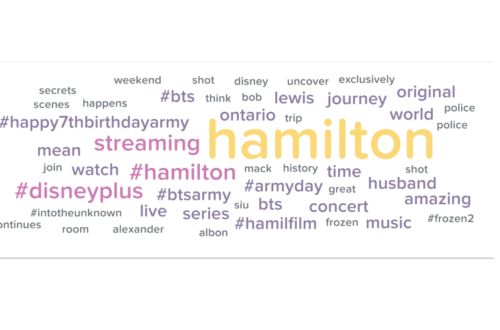
The musical was mainly talked about in the United States but was also mentioned in the United Kingdom, Canada and Brazil. These top countries predicted the top languages: English, Spanish, Portuguese and French.
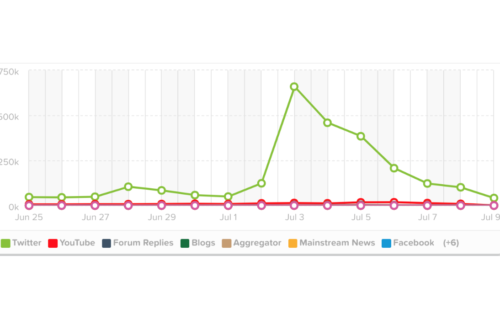
Discussion of Hamilton spiked the most on the day it was released with 659, 231 total tweets. However, there was also a small spike on June 28th, the day that marked the one-week countdown until the musical was released. After Hamilton was released on July 3, there has been a steady decline of discussion on the musical, most likely because as people watch it, excitement has dwindled.

Despite the steady decline, sentiment has remained positive. The 65.8% positive rate included enthusiasm of either awaiting the release or finally be able to watch the musical. Negative sentiment came in at around 34.2% where people discussed their cynical view of the play on social media.
But, for the time being, the musical is set to stay on Disney+, so before you have to wait for it, meet a friend inside and give yourself a musical taste of American History. You can’t help but be satisfied!
FULL ANALYSIS:
Total Posts
- 2.7m total posts mainly stemming from Twitter (92.2%)
- Other popular platforms were YouTube and Forum replies
- Facebook trended at .2% and Mainstream News at .3%
- Other popular platforms were YouTube and Forum replies
Influencers
- Top 3 Influencers
- @bbcturkce
- @BBCSport
- @CNN
Top Places
- 5% United States
- 7% United Kingdom
- 4% Canada
- 3% Brazil
Top Languages
- 8% English
- 3% Spanish
- 6% Portuguese
- 4% French
Media Trend Type
- Chatter spiked on July 3rd, the day Hamilton was released on Disney+
- July 3rd there were 659,231 total tweets
- There was a small spike on June 28th talking about viewing parties, people singing along to the musical and excitement about being exactly a week away
- After the release, there was a slight decline until the 9th as excitement settled and people watched the musical
Sentiment Rate
- 34.2% Negative Sentiment rate
- Mainly people not liking the musical saying it was bad, awful or had a poor storyline
- Others stated they would never watch the musical no matter what happened
- 65.8% Positive Sentiment rate
- People saying Hamilton is a fantastic musical that includes a lot of history and knowledge
- Positive feedback from critics, reviewers and ‘normal’ people on social media
- Funny posts of Hamilton cast personalities and them interacting with TV personalities like Jimmy Jallon
- People saying Hamilton is a fantastic musical that includes a lot of history and knowledge
Total Posts on Instagram
- 91,838 Total Posts using the hashtag #hamiltonthemusical
- Majority of posts highlight Hamilton memes, actors and actresses and scenes from the play
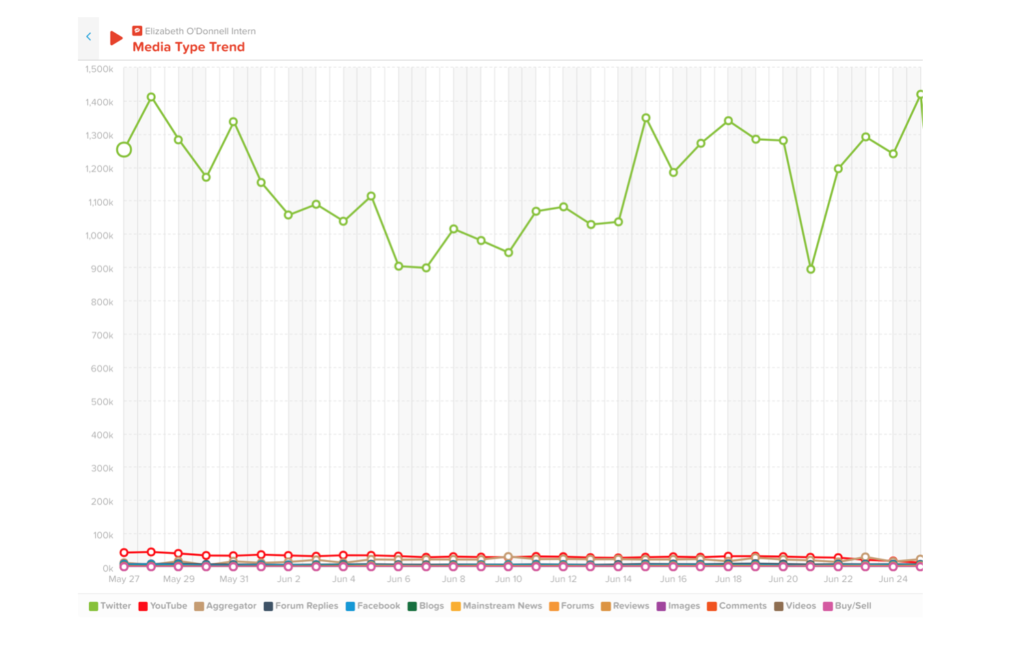
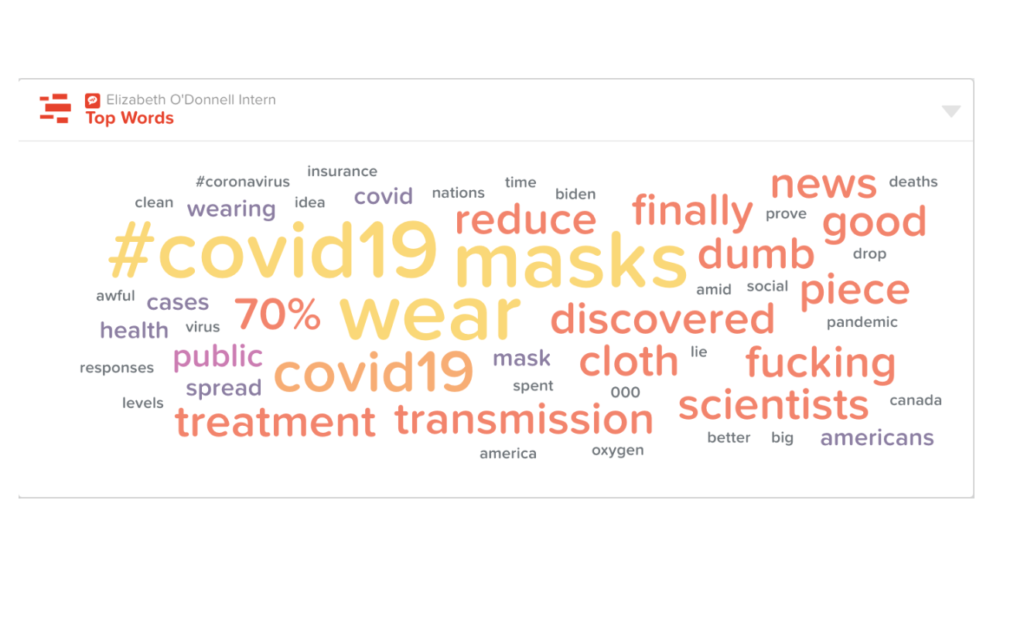





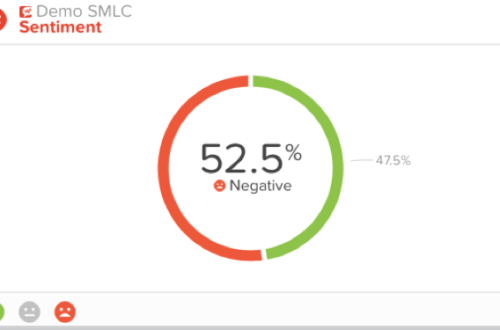
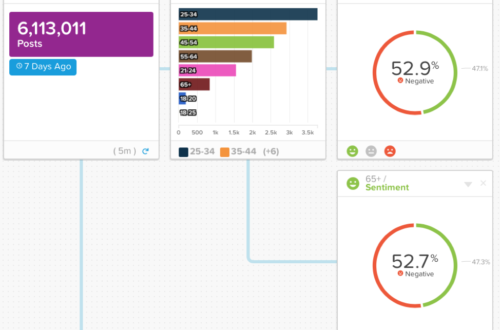


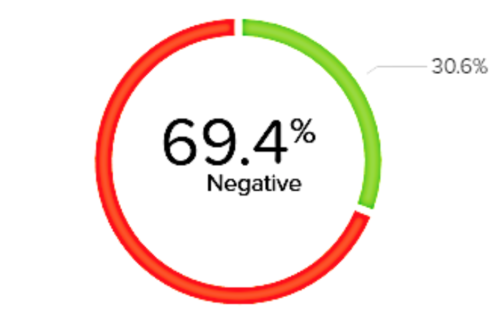







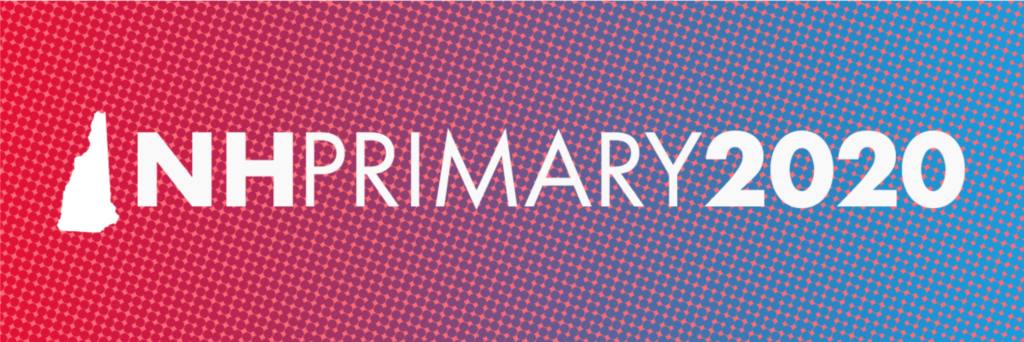

 Source: American Majority
Source: American Majority
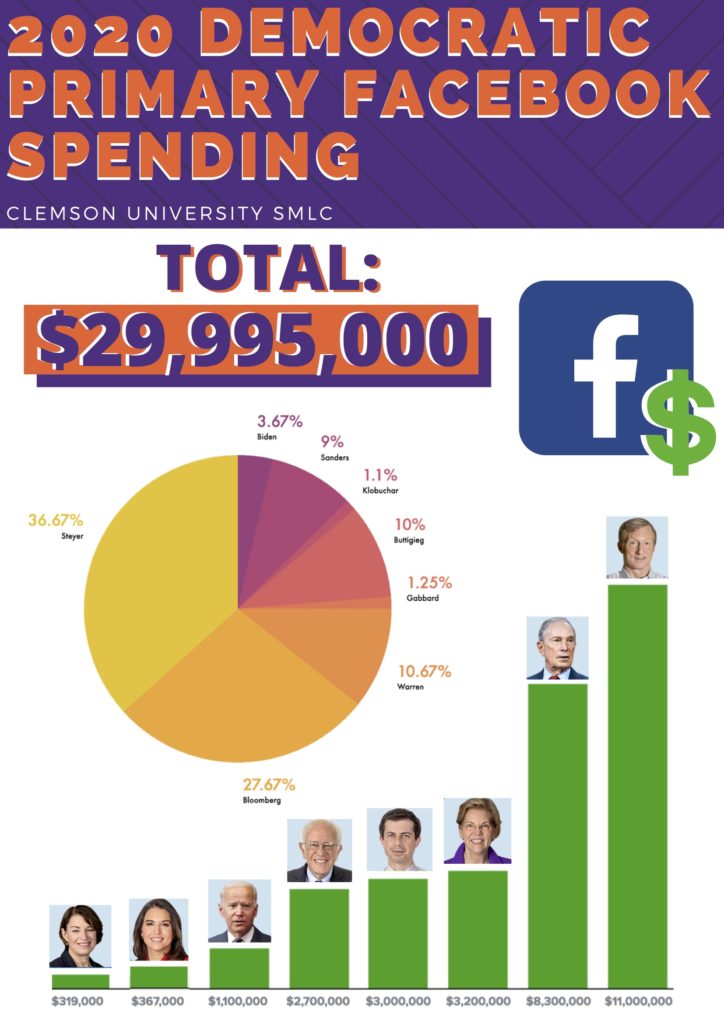
 Source: WLRN
Source: WLRN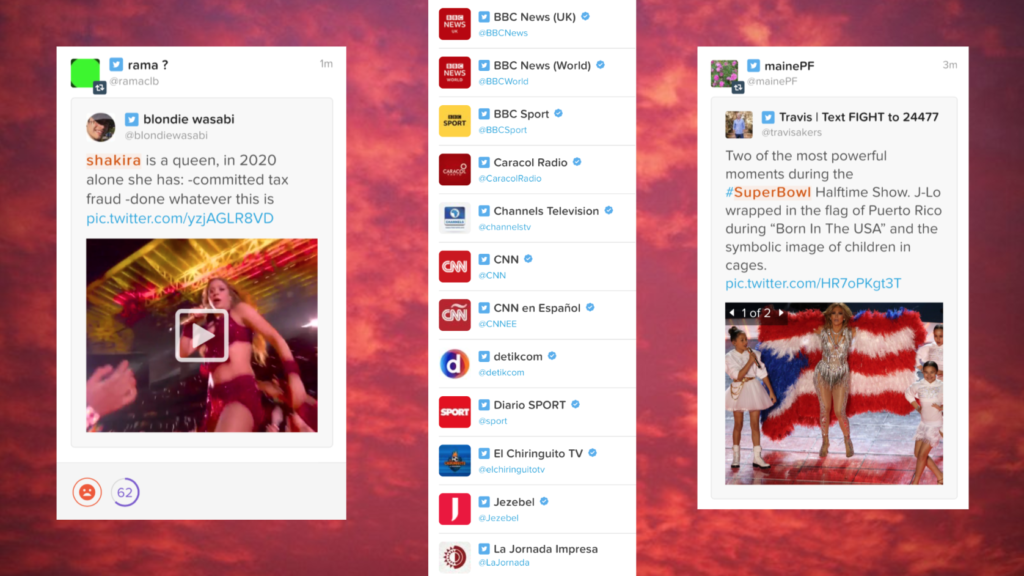

 Source: NYTimes
Source: NYTimes

